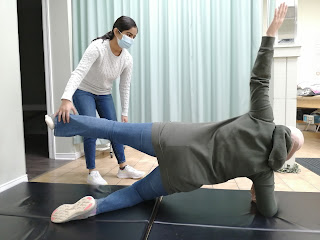Physiotherapy Access in Ontario

Physiotherapy Access in Ontario : Why Advocacy Matters More Than Ever Physiotherapy in Ontario is at a crossroads. For years, physiotherapists have been working in a system that doesn’t always make sense to the public—or even to many of us within the profession. As conversations about advocacy, funding, and access continue, it’s worth stepping back to examine how we got here and where our collective efforts should be focused next. Advocacy vs. Lobbying: Where Are We Putting Our Energy? Within professional associations , we often hear about the need for “advocacy,” but what does that actually include? Advocacy can mean raising awareness, educating government officials, participating in consultations, and representing the profession in public discussions. These are essential, but they’re broad. Lobbying, however, is different—it requires a clearly defined agenda. Historically, we saw this with efforts around Bill 179 , which aimed to expand physiotherapists’ scope of practice . B...



